Unique Features and Symbols Found in Sepedi Traditional Wedding Dresses
Unique Features and Symbols Found in Sepedi Traditional Wedding Dresses
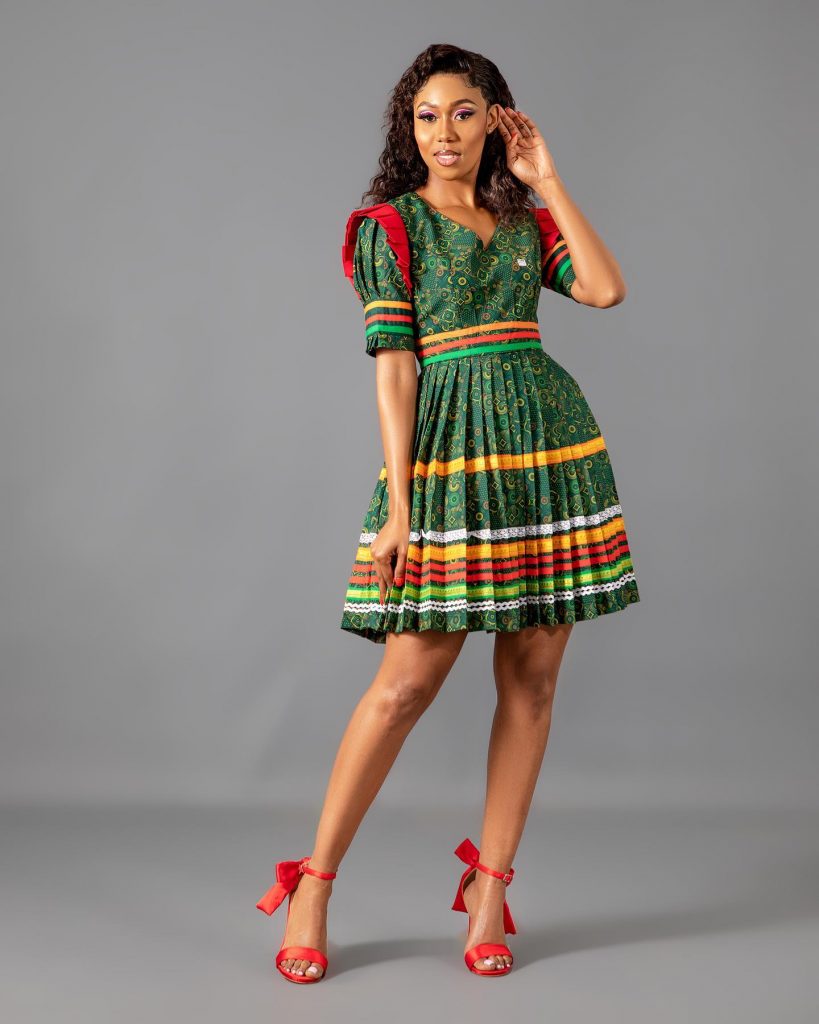
Introduction to Sepedi Traditional Wedding Dresses
Brief overview of the significance and cultural importance of Sepedi traditional weddings
Sepedi traditional weddings hold great significance and cultural importance in the South African community. These weddings are a celebration of love, unity, and the merging of two families. They are steeped in tradition and customs that have been passed down through generations, symbolizing the rich heritage of the Sepedi people. The wedding ceremony is a vibrant and joyous occasion, filled with music, dance, and colorful attire. One of the most captivating aspects of Sepedi traditional weddings is the attire worn by the bride, which is adorned with unique features and symbols that reflect the cultural identity and values of the community.
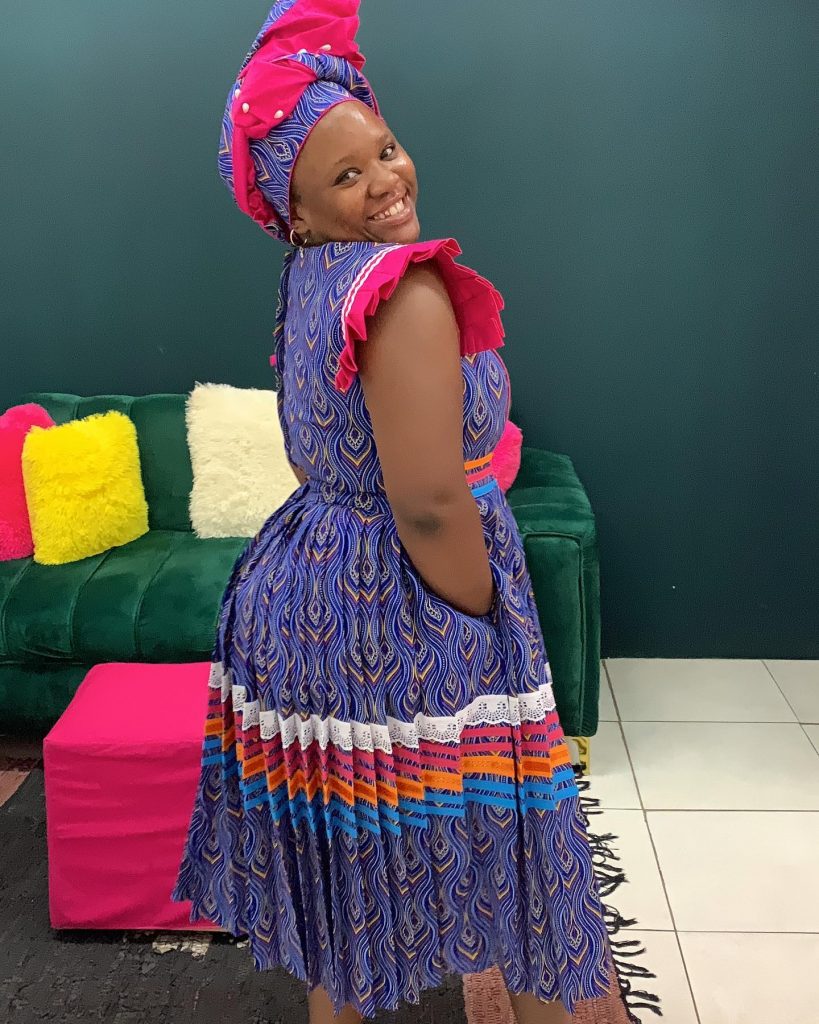
Introduction to the unique features and symbols found in Sepedi traditional wedding dresses
Sepedi traditional wedding dresses are known for their exquisite craftsmanship and attention to detail. These dresses often feature vibrant colors such as red, yellow, and black, which hold symbolic meaning within the community. The designs incorporate intricate beadwork, embroidery, and patterns that represent various aspects of Sepedi culture, including fertility, spirituality, and family lineage. Additionally, traditional accessories like headpieces, necklaces, and bracelets are worn to complement the dress and complete the bridal look. Each element of the dress carries deep cultural significance and serves as a visual representation of the bride’s connection to her heritage. Sepedi traditional wedding dresses are not just garments; they are a reflection of identity, tradition, and pride.
Meaning and Symbolism in Sepedi Traditional Wedding Dresses
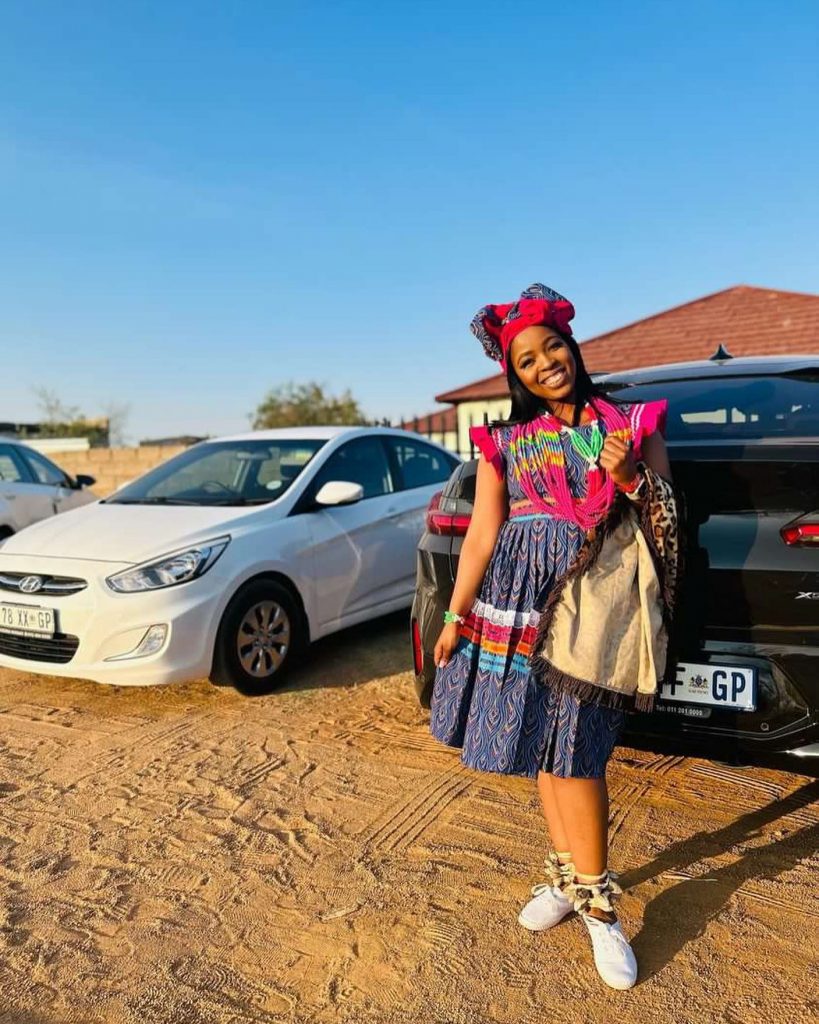
Exploration of the symbols and motifs commonly found in Sepedi wedding dresses
Sepedi traditional wedding dresses are known for their intricate designs and rich symbolism. These dresses often feature unique patterns, colors, and motifs that hold deep cultural significance. Some of the common symbols found in Sepedi wedding dresses include:
- Animal motifs: Animal prints, such as leopard spots or zebra stripes, are frequently incorporated into the fabric of the dresses. These animal motifs symbolize strength, power, and protection.
- Geometric patterns: Geometric shapes, such as triangles or diamonds, are commonly seen in Sepedi wedding dresses. These patterns represent unity, balance, and harmony within the community.
- Beadwork: Beads are a prominent feature in Sepedi wedding dresses, often used to create intricate designs and patterns. Each bead color has its own symbolic meaning, such as red for love and passion, blue for spirituality, and yellow for wealth and prosperity.
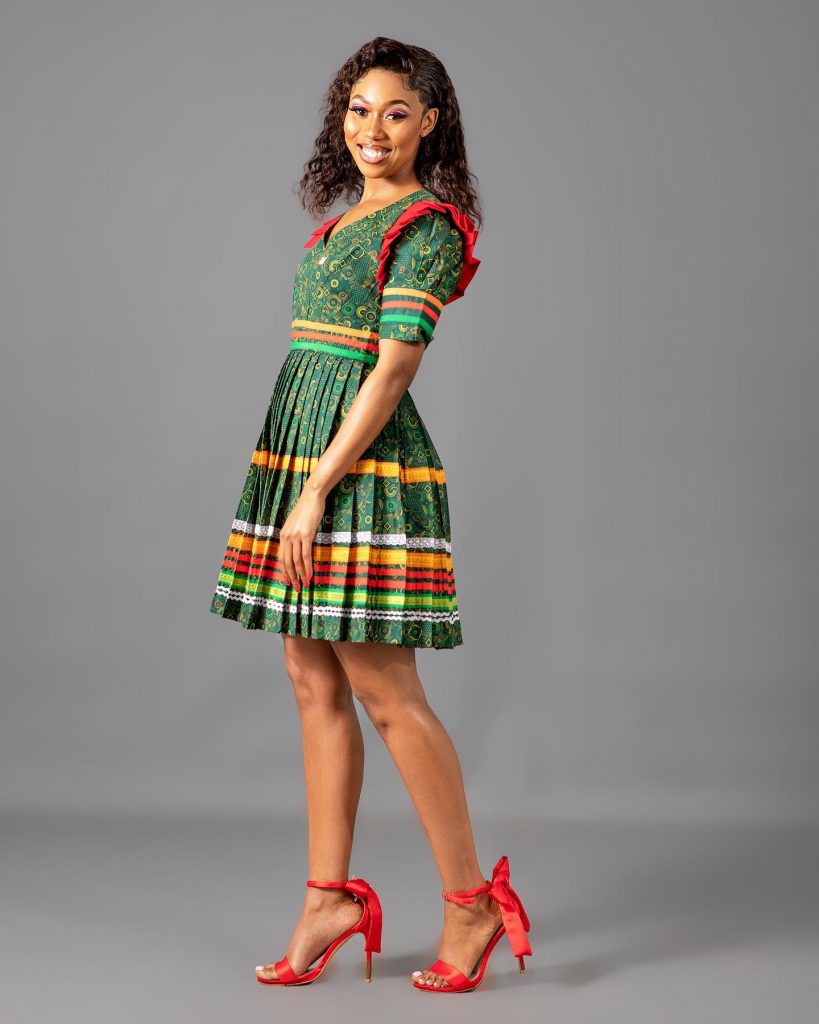

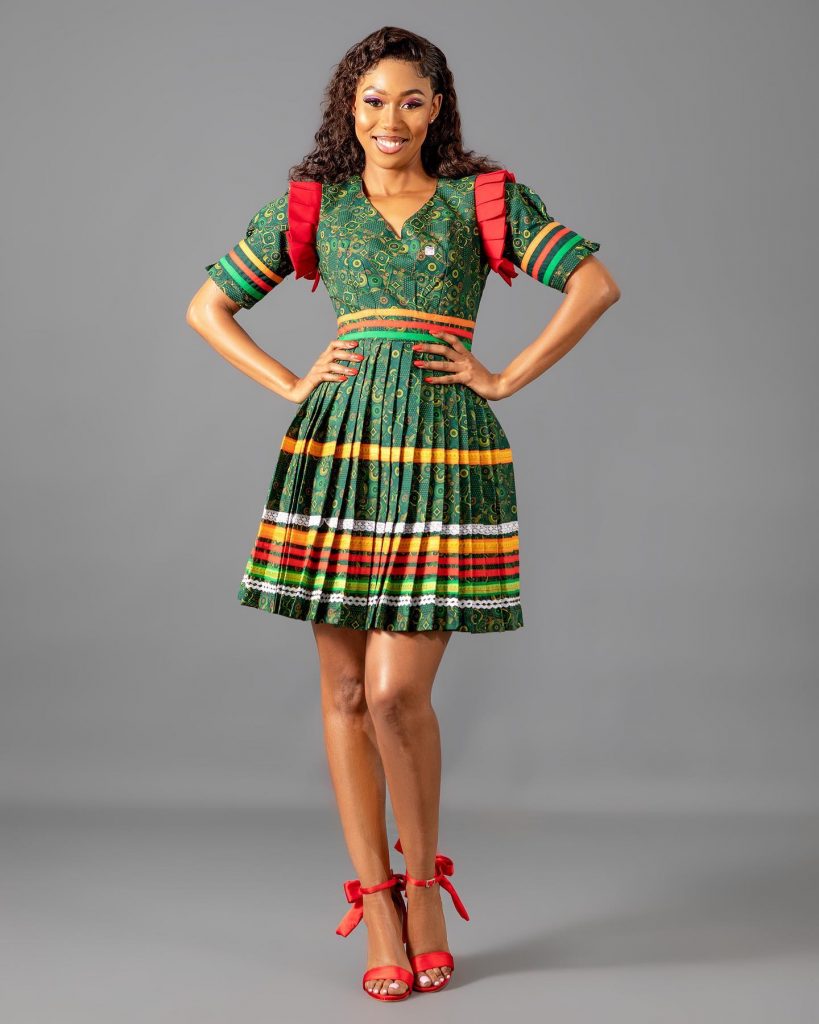
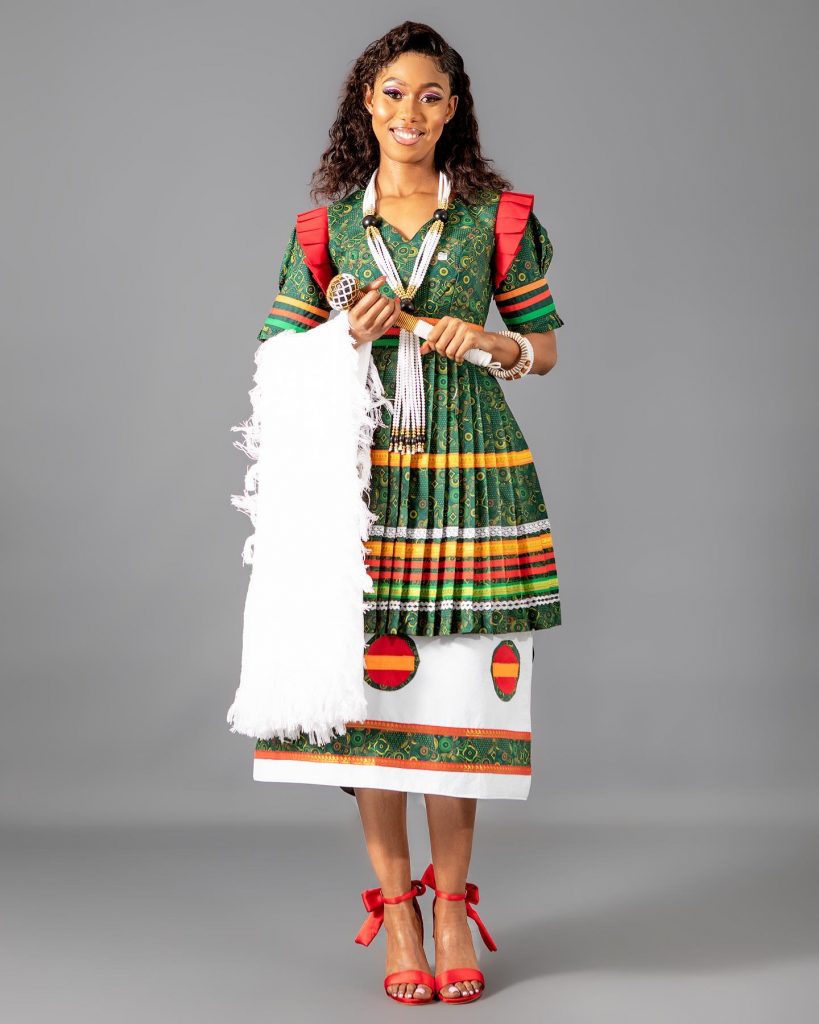
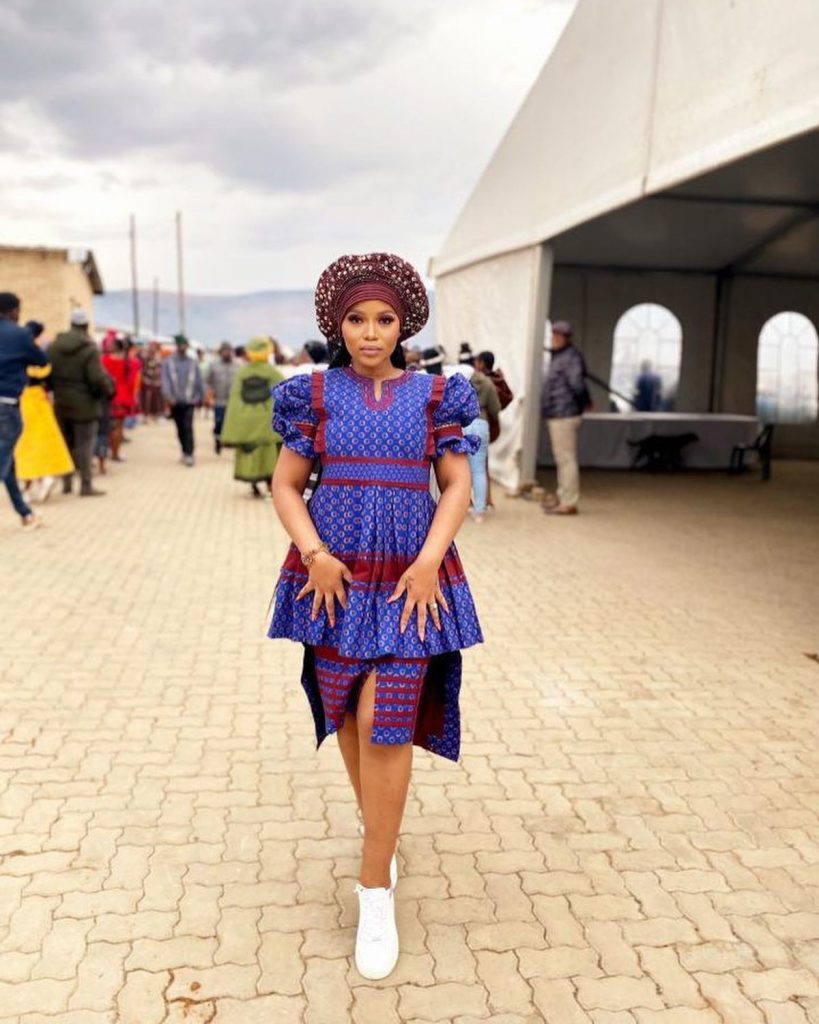
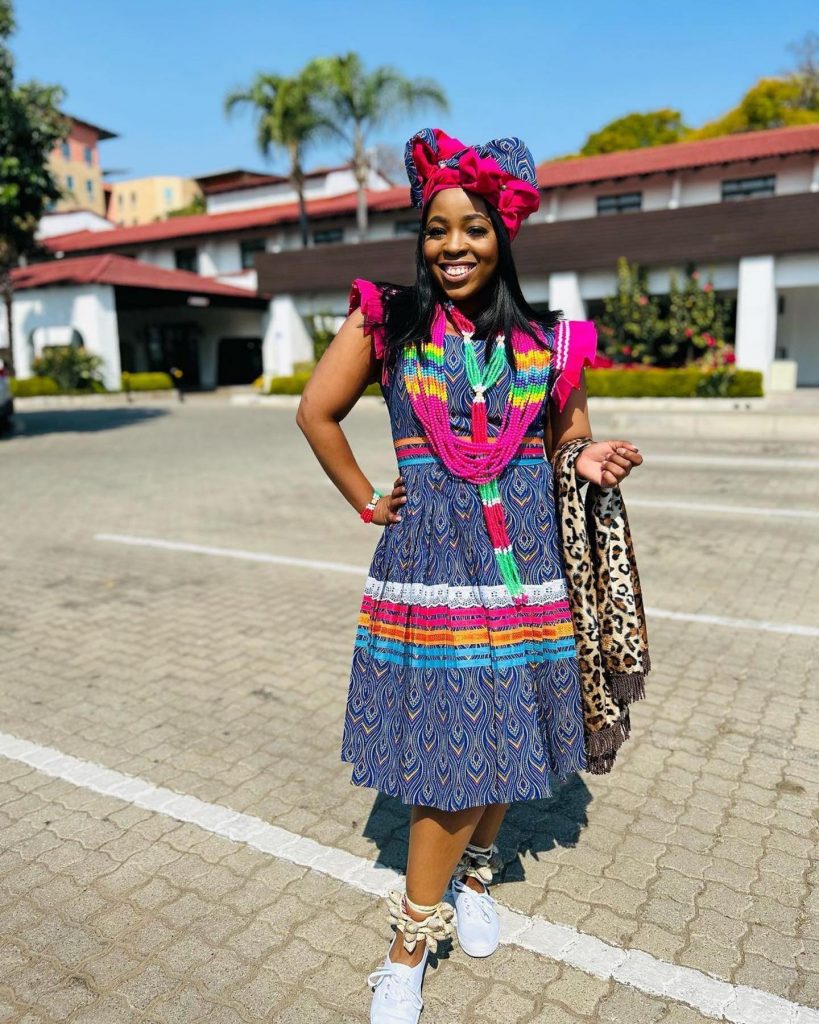
Explanation of the cultural and spiritual significance behind these symbols
These symbols in Sepedi traditional wedding dresses hold deep cultural and spiritual significance. They reflect the values, beliefs, and traditions of the Sepedi people. Wearing these dresses during weddings is a way to honor their ancestors, celebrate their heritage, and bring blessings to the couple’s union.
The animal motifs represent the connection between humans and nature, emphasizing the importance of living in harmony with the environment. The geometric patterns symbolize the unity and balance within the community, highlighting the importance of strong relationships and support networks.
Beadwork is not only a form of artistic expression but also a way to communicate messages. Each color carries its own meaning and intention, adding depth to the overall design of the dress. These symbols and motifs in Sepedi traditional wedding dresses create a visual language that tells a story and preserves the cultural identity of the Sepedi people.
Traditional Sepedi Wedding Attire
Description of the traditional attire worn by the bride and groom
In a traditional Sepedi wedding, the bride and groom wear attire that reflects their cultural heritage and symbolizes the significance of the occasion. The bride’s attire typically consists of a colorful dress made from vibrant fabric, adorned with intricate beadwork and embroidery. The groom also wears traditional clothing, which includes a shirt, pants, and a vest made from matching fabric.
Explanation of the different components of the attire, such as the dress, accessories, and headpiece
The dress worn by the bride is often floor-length and features a fitted bodice with a flared skirt. The fabric used is usually richly patterned with bold colors such as red, yellow, or blue. Accessories play a crucial role in completing the bridal look. The bride may wear beaded necklaces, bracelets, and earrings to enhance her outfit. Additionally, a headpiece called a “dikgopo” is worn by the bride. It is typically made from beads or feathers and adds an extra touch of elegance to her overall appearance.
The groom’s attire includes a shirt known as “mokhara” and pants called “metsi.” These garments are often made from the same fabric as the bride’s dress to create a coordinated look. The groom may also wear a vest called “khiba,” which adds a touch of formality to his outfit.
Overall, the traditional Sepedi wedding attire showcases the rich cultural heritage of the bride and groom while incorporating unique features such as vibrant colors, intricate beadwork, and symbolic accessories.
Colors and Fabrics in Sepedi Traditional Wedding Dresses
Discussion of the traditional colors and fabrics used in Sepedi wedding attire
In Sepedi traditional wedding dresses, vibrant colors and rich fabrics play a significant role in showcasing the cultural heritage and beauty of the bride. The colors commonly seen in these dresses include red, blue, yellow, and green. These colors are often combined in intricate patterns to create stunning designs that reflect the joyous nature of the occasion.
When it comes to fabrics, Sepedi wedding dresses are typically made from materials such as satin, silk, or lace. These fabrics are chosen for their luxurious feel and ability to enhance the overall look of the dress. The use of intricate beadwork and embroidery further adds to the elegance and uniqueness of each dress.
Explanation of the cultural and symbolic meanings associated with different colors and fabrics
Each color and fabric used in Sepedi traditional wedding dresses carries its own cultural and symbolic significance. For example, red symbolizes love, passion, and fertility, while blue represents loyalty and stability. Yellow is associated with happiness and prosperity, while green symbolizes growth and harmony.
The choice of fabric also holds meaning. Satin is often used to symbolize wealth and luxury, while silk represents elegance and beauty. Lace is chosen for its delicate and feminine qualities.
By incorporating these colors and fabrics into their wedding attire, brides honor their cultural heritage while also expressing their individual style. The result is a visually stunning ensemble that celebrates tradition and showcases personal taste.
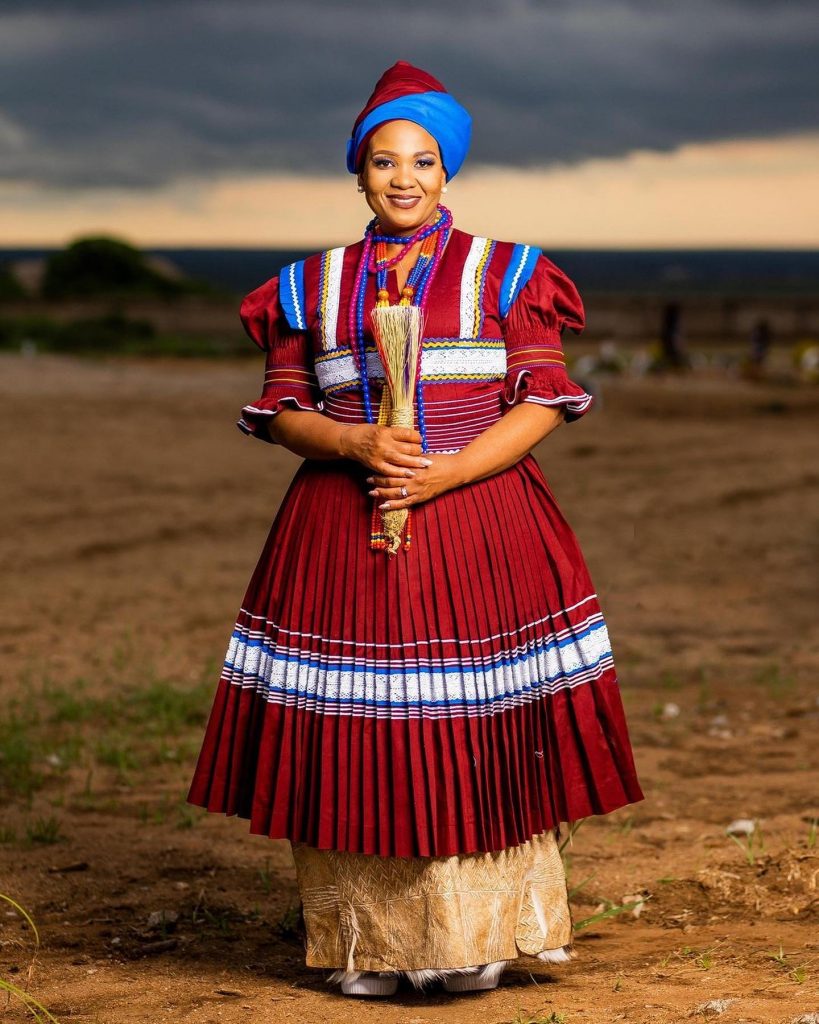
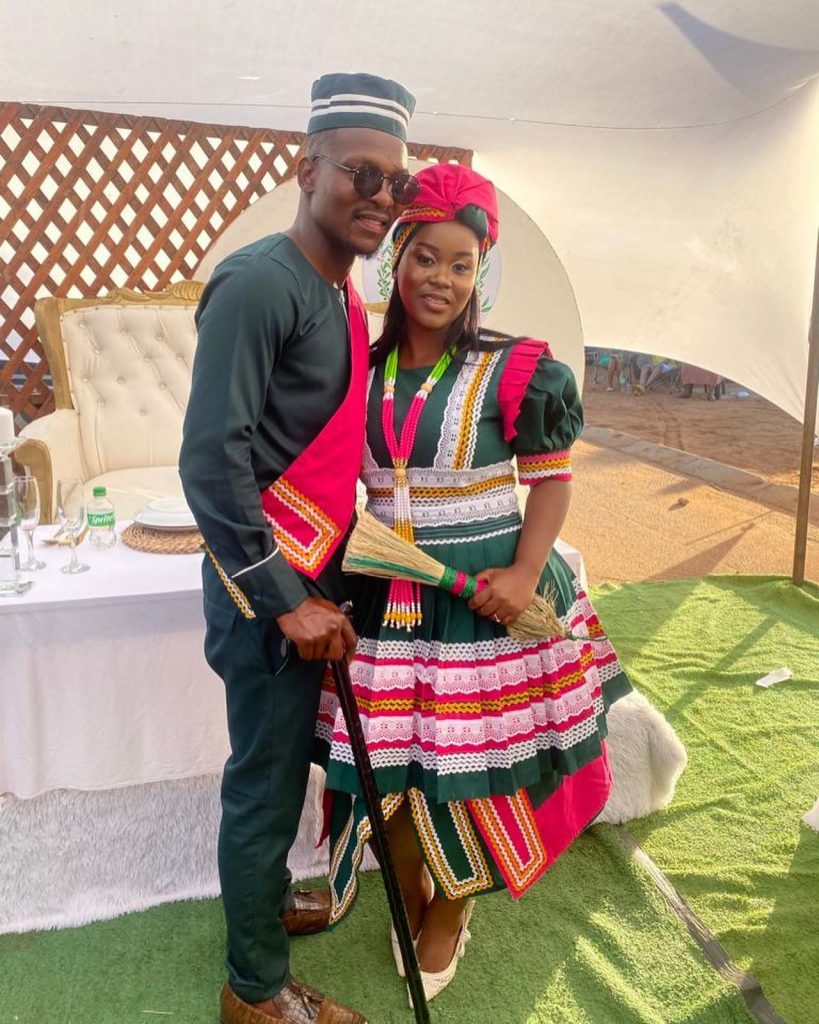
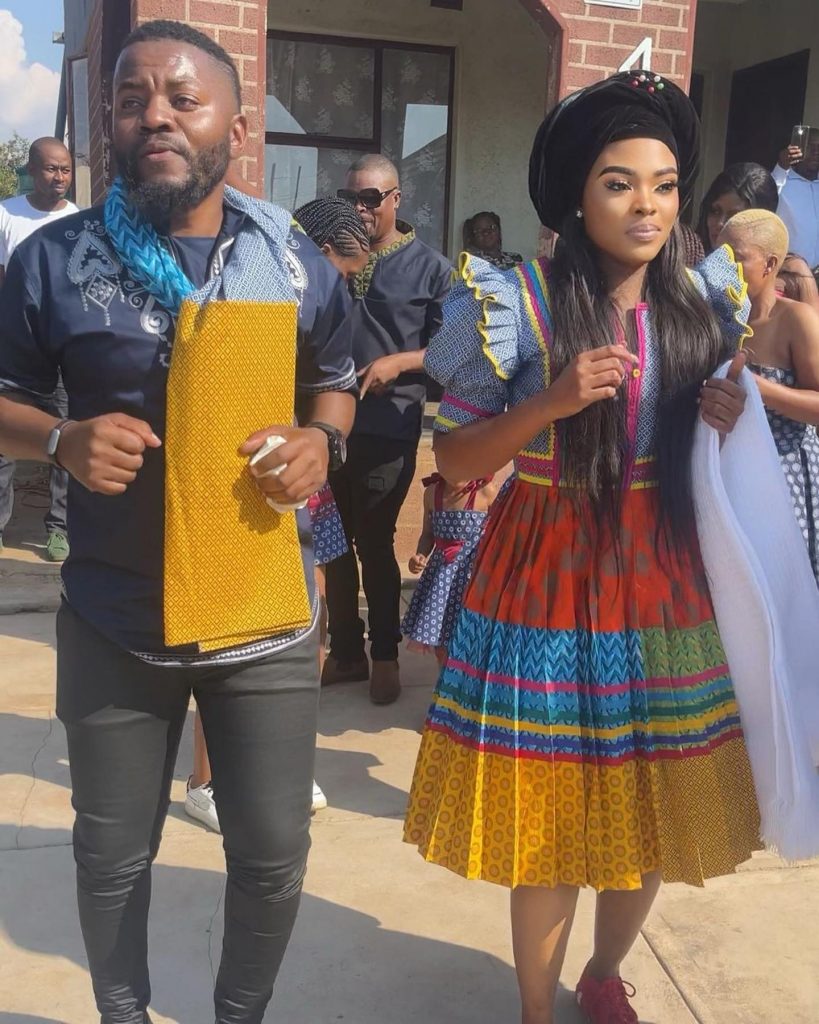
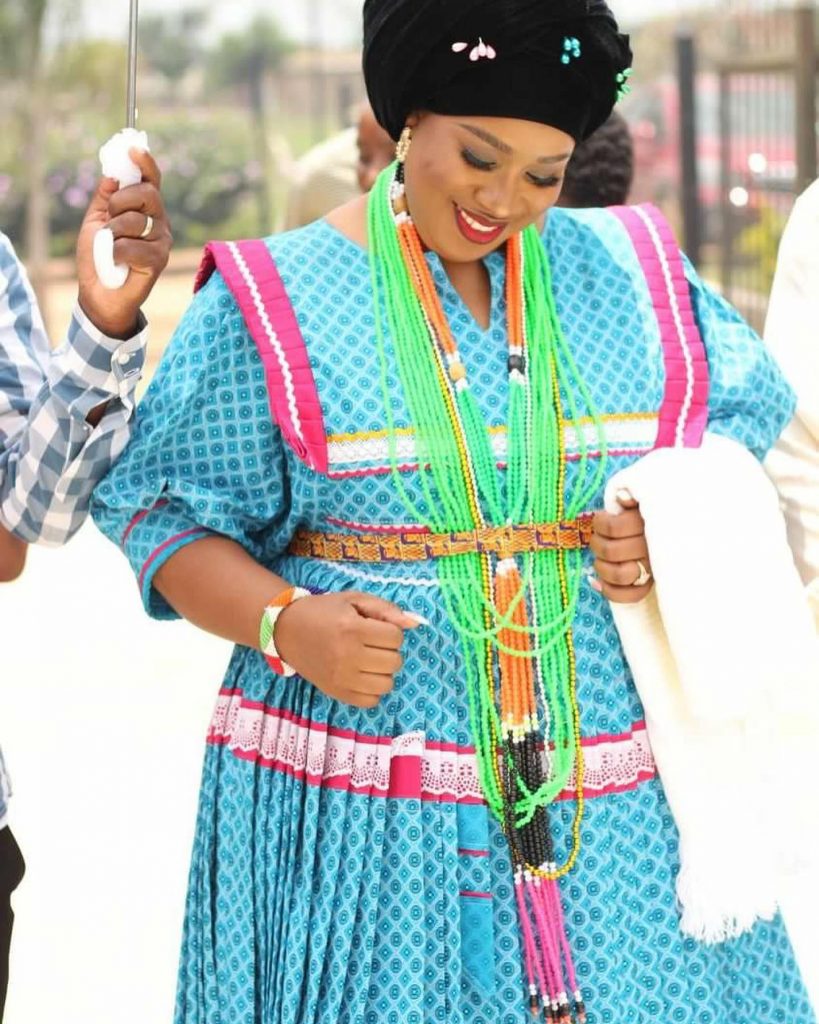
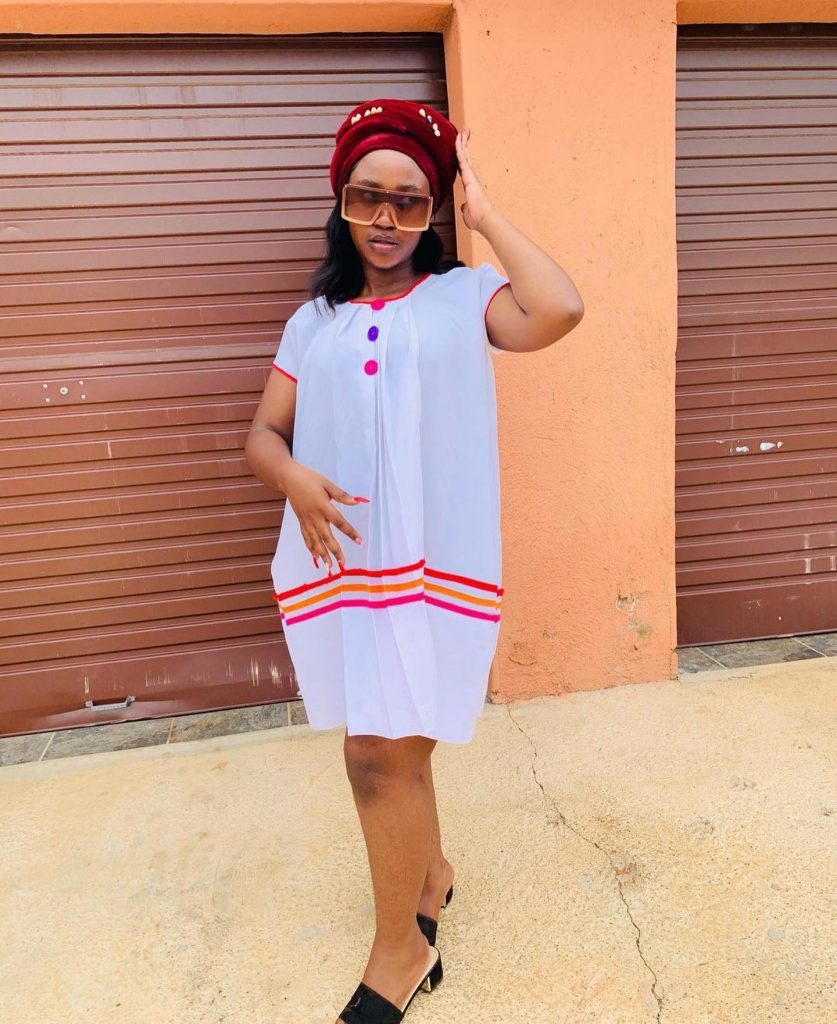
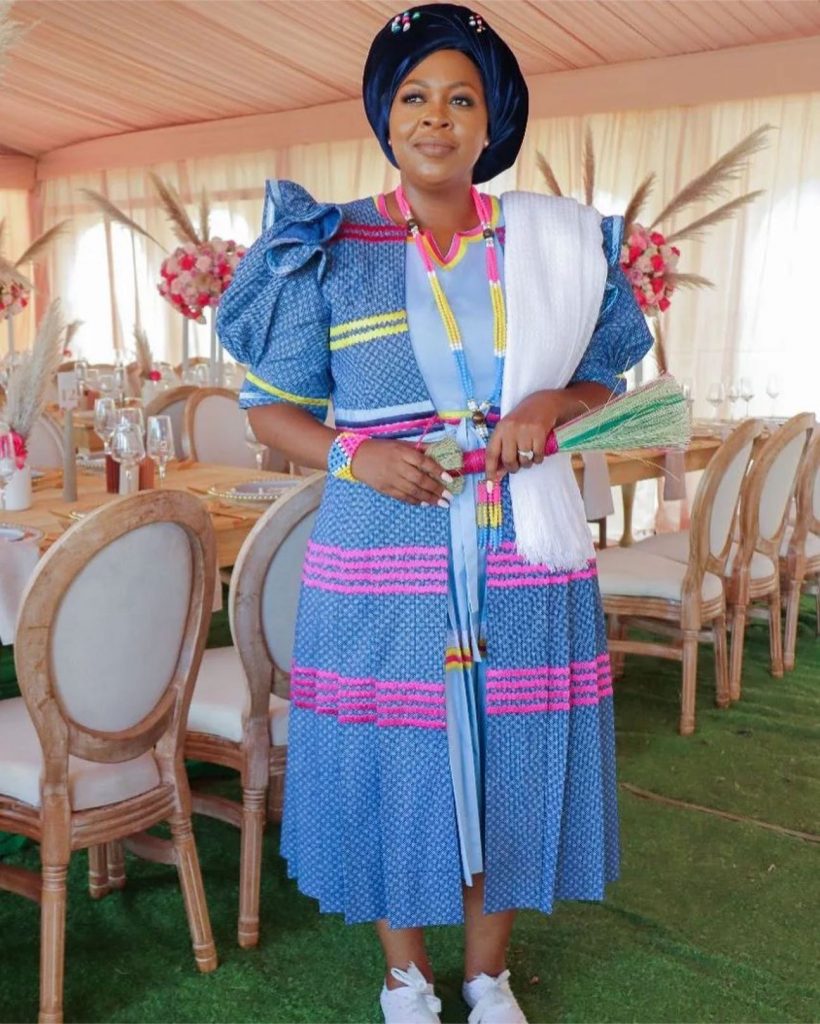
Beadwork and Embroidery in Sepedi Traditional Wedding Dresses
Overview of the intricate beadwork and embroidery techniques used in Sepedi wedding dresses
Sepedi traditional wedding dresses are known for their exquisite beadwork and embroidery, which add a touch of elegance and cultural significance to the attire. Skilled artisans meticulously handcraft these dresses, using various techniques to create stunning patterns and designs.
Beadwork is a prominent feature in Sepedi wedding dresses, with beads carefully sewn onto the fabric to form intricate motifs. The beads are often chosen in vibrant colors, symbolizing joy, love, and prosperity. Additionally, embroidery is another technique used to embellish the dresses, with delicate threadwork enhancing the overall beauty.
Showcase of different patterns and designs commonly found in these dresses
Sepedi traditional wedding dresses showcase a wide range of patterns and designs that reflect the rich cultural heritage of the Sepedi people. Some common motifs include geometric shapes, floral patterns, and animal symbols such as birds or elephants.
These patterns hold significant meanings within the Sepedi culture. For example, geometric shapes represent unity and harmony, while floral patterns symbolize beauty and growth. Animal symbols often represent qualities such as strength or wisdom.
Overall, the beadwork and embroidery found in Sepedi traditional wedding dresses not only enhance their aesthetic appeal but also serve as a celebration of the Sepedi culture and traditions. These unique features make these dresses truly special and cherished by brides who want to honor their heritage on their special day.
